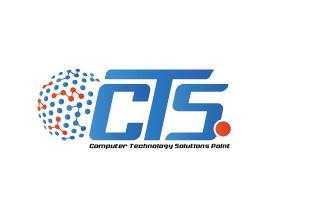A card reader is a versatile device that enables users to transfer data between memory cards and various electronic devices. Commonly used in conjunction with computers, cameras, smartphones, and other digital gadgets, card readers provide a convenient solution for accessing data stored on external memory cards. This article explores how card readers work, their benefits, and their applications in modern technology.
What is a Card Reader?
A card reader is a device designed to read and transfer data from memory cards, such as SD cards, microSD cards, CompactFlash cards, and other formats. These memory cards are often used in portable devices like digital cameras, smartphones, and game consoles to store photos, videos, documents, and other types of files. A card reader acts as an intermediary between the memory card and a computer or other host device, allowing users to transfer, view, or edit the data.
Card readers come in various forms, including standalone USB-connected devices or built-in card readers in laptops, desktops, and printers. Some card readers are designed to handle multiple types of memory cards, making them an all-in-one solution for users with different card formats.
How Does a Card Reader Work?
When a memory card is inserted into a card reader, the device uses its internal circuitry to communicate with the memory card. It translates the data stored on the card into a format that the host device, such as a computer, can understand. The computer then recognizes the card as an external storage device, allowing the user to access its contents just as they would with a USB flash drive or external hard drive.
Card readers typically support plug-and-play functionality, meaning they do not require additional software or drivers to function. Once connected to a computer via USB or another interface, they are ready for immediate use. The simplicity and ease of use make card readers a popular choice for quickly transferring data between devices.
Benefits of Using a Card Reader
One of the main advantages of a Card Reader is its ability to facilitate fast and easy data transfer. For photographers, videographers, and content creators who work with large files, a card reader provides a reliable and efficient way to transfer data from a camera’s memory card to a computer for editing or storage. This is particularly important when handling high-resolution images or large video files, which require substantial storage space and faster transfer speeds.
Another benefit is the convenience and compatibility offered by multi-card readers. Users with multiple devices that use different memory card formats can rely on a single card reader to manage all their data transfers. This eliminates the need for multiple cables or adapters, streamlining the data transfer process across devices.
Card readers also allow users to easily expand their computer’s storage capabilities. For devices with limited internal storage, such as tablets and laptops, a memory card inserted into a card reader can serve as additional external storage. This flexibility is valuable for users who need extra space for files, backups, or media libraries without purchasing external hard drives.
Applications of Card Readers in Modern Technology
Card readers are essential tools in a variety of industries and everyday tasks. In the world of photography and videography, card readers enable quick and efficient transfer of high-quality images and videos to editing software. For IT professionals and technicians, card readers provide a convenient method for transferring data between devices during repairs or troubleshooting processes.
In the world of commerce and retail, card readers can also refer to devices used to read payment cards, such as credit or debit cards. These readers facilitate electronic transactions by allowing businesses to process card payments securely and efficiently.
Furthermore, card readers are valuable in educational environments, where students and educators frequently exchange digital resources. Using a card reader simplifies the process of sharing presentations, assignments, and multimedia files between personal devices and classroom computers.
Conclusion
A card reader is an indispensable tool for anyone working with portable memory cards and external data storage. Whether used for transferring high-resolution media files, expanding storage capacity, or enabling quick access to data, card readers offer a practical solution for modern data management. Their ease of use, compatibility with multiple formats, and ability to streamline data transfer processes make them an essential accessory in both personal and professional technology setups. As digital storage needs continue to grow, the utility of card readers remains as relevant as ever.






